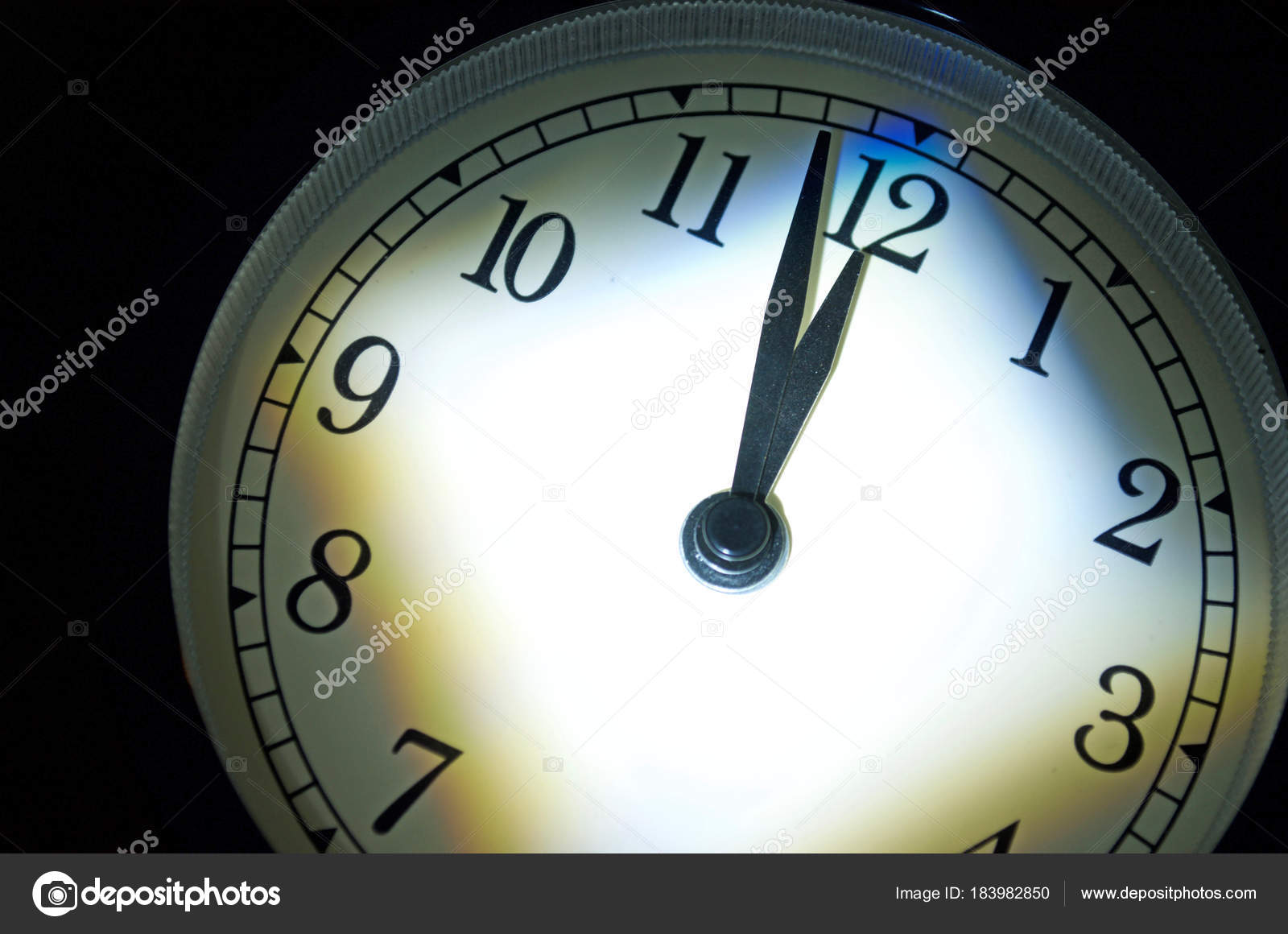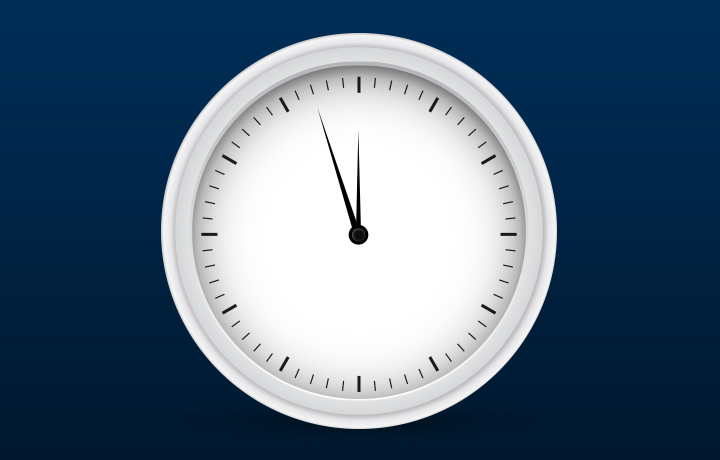
The 2018 Doomsday Clock announcement generated headlines around the world, and the Washington Post profiled Martyl Langsdorf as part of its coverage of the announcement. Martyl Langsdorf's clock has now become an iconic symbol of the nuclear age. That’s kind of what popped into her mind, and so she did the hands of a clock.”

Something’s going to happen at midnight if you aren’t careful. I always thought it was Cinderella – the coach turns into a pumpkin at midnight. “It’s in our consciousness, from fairytales. “It was the idea of the bewitching hour, the midnight hour, things happening at midnight,” Suzanne Langsdorf adds. This urgency is what she wanted to represent." Secrecy was how the bomb was born and secrecy would keep the bomb from being understood by the broad public. As Benedict recounts, Martyl Langsdorf "came up with the idea of a clock, because she felt the urgency that the scientists were expressing. The design was created by artist Martyl Langsdorf, Alexander Langsdorf's wife. The Doomsday Clock first appeared on the cover of the Bulletin in 1947. He was on a lot of committees, went to a lot of meetings, and he just gave up after a while because people really stopped listening to the worriers." The Bulletin was founded after the end of World War II by Manhattan Project scientists in Chicago who were concerned about the dangers of nuclear weapons and believed they "could not remain aloof to the consequences of their work." Suzanne Langsdorf, daughter of physicist and Bulletin co-founder Alexander Langsdorf, remembers her father's concerns: "He was very upset by what was going on.

"In 2017, world leaders failed to respond effectively to the looming threats of nuclear war and climate change, making the world security situation more dangerous than it was a year ago-and as dangerous as it has been since World War II," it warned. In its statement, the Bulletin cited a number of factors behind its decision, including the progress of the North Korean nuclear weapons program, tense US-Russian relations, and the threat of climate change.

It is the closest the clock has been to midnight since 1953, when both the United States and the Soviet Union had recently tested their first thermonuclear devices. This year, the Bulletin set the clock at two minutes to midnight. In the words of former Bulletin Executive Director and Publisher Kennette Benedict, the clock symbolizes "how close we are to destroying our world with dangerous technologies of our own making." On January 25, the Bulletin of the Atomic Scientists made its annual Doomsday Clock announcement.


 0 kommentar(er)
0 kommentar(er)
